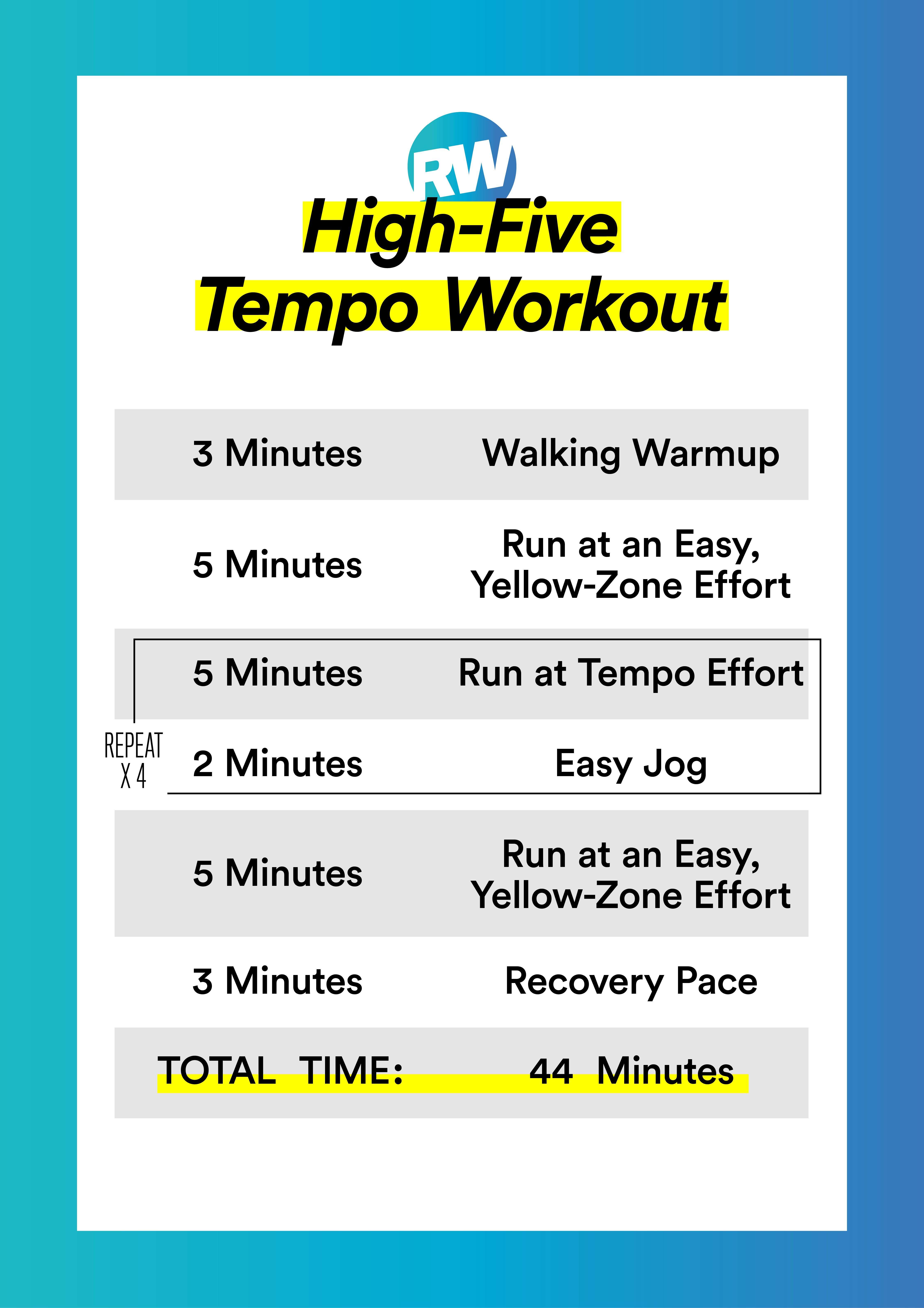Exactly How to Prevent and Manage Discomfort in Running: Professional Tips and Guidance
As joggers, we usually locate ourselves caught in between the enjoyment of pushing our physical limits and the discomfort that can accompany it. The quest of that runner's high can often be impeded by the undesirable buddy of pain. Whether you are a skilled marathoner or a beginner hitting the pavement for the very first time, the bothersome existence of pain and discomfort is a common measure. Nonetheless, there exist tried and tested techniques and experienced advice that can assist mitigate and manage these discomforts, enabling you to concentrate on the joy of running itself.
Relevance of Appropriate Footwear
Proper shoes plays a vital role in avoiding and taking care of pain for joggers, as it considerably affects their convenience, efficiency, and total foot health and wellness. When it involves running, putting on the right shoes can make all the difference. Ill-fitting or incorrect footwear can lead to a host of issues such as blisters, shin splints, plantar fasciitis, and a lot more severe injuries like stress cracks.
Choosing the correct running shoes includes taking into consideration aspects such as foot kind, stride auto mechanics, running surface, and personal preferences. Joggers with high arches may require more cushioning and assistance, while those with level feet may take advantage of security footwear. Additionally, comprehending pronation (the inward rolling of the foot) and supination (the outward rolling of the foot) can help in selecting footwear that supply the best level of arch support.
Buying top quality operating footwear that are suitable for your specific demands can help prevent pain and pain while boosting your running experience. Focusing on appropriate footwear is not nearly efficiency but also regarding protecting your foot health over time.

Reliable Warm-up Techniques
Footwear option is just one element of planning for an effective run; one more vital aspect is carrying out efficient workout strategies to maximize efficiency and reduce the threat of injury. A dynamic warm-up regimen before a run assists enhance blood circulation to the muscles, improves adaptability, and improves the array of movement of the joints. Dynamic stretches like leg swings, high knees, and hip circles are valuable in preparing the body for the physical demands of running. Slowly raising the intensity of the workout workouts can aid turn on the muscles and boost neuromuscular sychronisation.
Along with dynamic stretches, including some light cardio exercises such as running or avoiding rope can better boost the heart price and heat up the body. This mix of dynamic extending and light cardio helps loosen tight muscles, lube the joints, and emotionally prepares the jogger for the upcoming workout (running workout). By making workouts a regular part of your running regimen, you can substantially lower the danger of injuries and carry out at your best during each run
Trick Stretching Exercises
When planning for a run, integrating essential stretching exercises is necessary to improve muscle mass versatility and prevent injuries - Read More. Dynamic stretches such as leg swings, high knees, and hip circles are valuable for warming up the muscle mass and increasing variety of movement before a run. These movements assist improve blood flow, loosen up tight muscular tissues, and prepare the body for the activity ahead
Static stretches like calf stretches, hamstring stretches, and quadriceps stretches should comply with a go to help in muscular tissue recovery and stop rigidity. Holding each stretch for 15-30 secs allows the muscles to kick back and extend, decreasing the threat of post-run discomfort and possible injuries.
Additionally, including yoga poses like descending canine, pigeon position, and spinal spins can target several muscle teams all at once, advertising overall flexibility and toughness. Regular extending routines not only improve performance yet also aid in maintaining excellent running form and avoiding overuse injuries. Bear in mind, appropriate extending strategies are critical for a risk-free and delightful running experience.
Recuperation and Relax Methods
After finishing a run, executing efficient healing and rest strategies is important for maximizing efficiency and lessening the risk of injuries. In addition, including rest days right into your training timetable is vital to protect against overuse injuries and fatigue.
Energetic recovery strategies such as mild stretching, foam rolling, and yoga exercise can official statement assist enhance blood circulation, decrease muscular tissue pain, and enhance adaptability. It is likewise useful to prioritize hydration and nourishment post-run to restore electrolytes, glycogen stores, and advertise muscle mass recovery.
Cross-training tasks like swimming or cycling can offer a break from the repetitive influence of running while still preserving cardio physical fitness - running workout. Listening to your body and recognizing when it requires a break is vital to avoid persistent injuries and guaranteeing lasting running success. Remember, rest is not an indicator of weak point but a crucial component of a well-shaped training routine
Cross-Training Advantages

It enables you to function on different elements of health and fitness that may not be targeted exclusively through running, leading to an extra well balanced and well-rounded athlete. Furthermore, cross-training can aid boost running effectiveness by attending to muscle discrepancies and weaknesses that might impede efficiency.
Final Thought
In final thought, correct footwear, workout strategies, stretching exercises, recuperation techniques, and cross-training are essential components in stopping and handling discomfort in running. By including these practices into your regimen, you can lessen the danger of injury and pain while taking full advantage of performance and satisfaction of the sport. Read More. Bear in mind to listen to your body, focus on rest and recovery, and look for expert support when required to make certain a safe and effective running experience